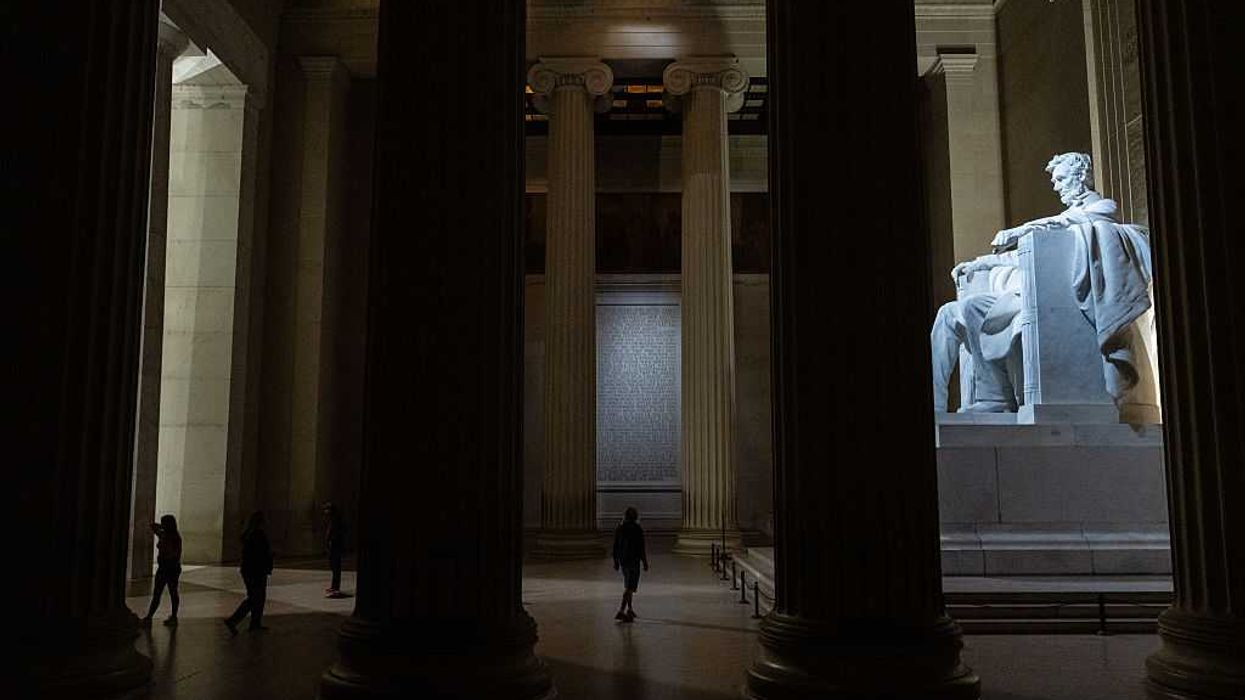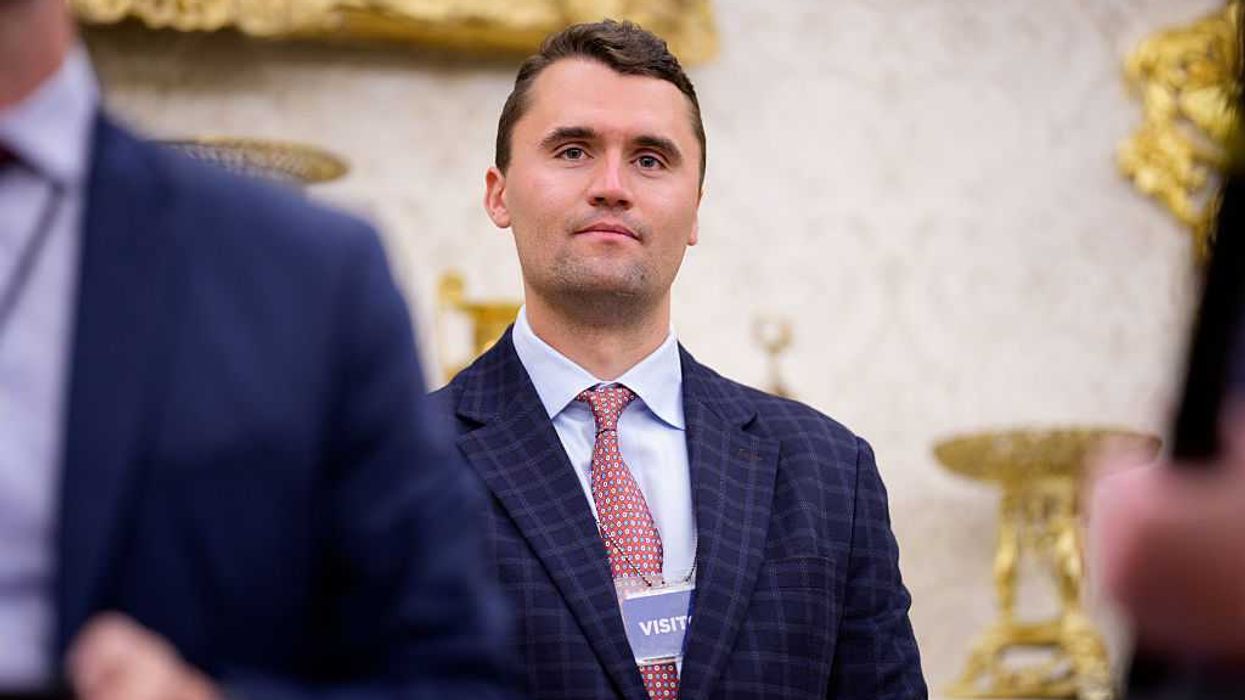Glenn gives the latest coronavirus numbers, updating YOU on everything needed to know as Americans and officials monitor China's new COVID-19 virus:
Daily Stats as of 5:30 AM CT (from John's Hopkins)
- Total Confirmed Cases Worldwide: 1,934,754 (up from 1,862,254 yesterday)
- Total Confirmed Deaths Worldwide: 120,438 (up from 114,980 yesterday)
- Total Confirmed Recovered Worldwide: 456,776 (up from 431,666 yesterday)
- US has 587,173 Confirmed cases and 23,644 deaths, up from 560,433 cases and 22,115 deaths yesterday
- US now leads the World in both total Cases and Deaths from COVID-19, but is 15th in Deaths per 1 Million people, and 19th in Cases per 1 Million
- 1st Death in Wyoming - Officially All 50 States Now Have at Least 1 Death Attributed to COVID-19
- Novel-Coronavirus is upsetting the politically-correct "Woke" crowd by targeting overweight people for more dangerous infections and higher fatality rates compared to leaner, healthier Americans.
- Researchers studied thousands of New York cases and found that being overweight or obese was the greatest risk factor for COVID-19 critical infections requiring hospitalization, slightly higher than age and significantly higher than smoking, diabetes or cancer.
- Turns out that being fat and "out of shape" isn't just a cosmetic or lifestyle choice after all, but appears to actually be unhealthy and puts people at higher risk of death from infections...or so says science.
- So far, no comment from Dove Soap or the hundreds of other "woke" brands that have promoted the "It's OK to be overweight" PC-narrative for the past 10 or so years.
- Every known virus has mutations, most of which do not impact how the virus functions.
- Novel viruses like SARS-CoV-2 undergo 1 mutation for about every 2,700 victims...each unique host increases the risk that the virus will mutate (part of the reason it's important to prevent the spread of COVID-19 to new victims).
- So far, there are over 2,000 known strains/mutations of the virus that causes COVID-19. At least 2 strains have been shown to have different levels of virulence in humans.
- Every new mutation of the virus is just as likely to be harmless as it is to make it more dangerous - mutations are completely random. Viruses don't "try" to mutate to become more dangerous, they merely adapt to each unique biochemical environment.
- A new strain discovered in India showed changes in the mechanism used to bind the virus to human cells which could render current vaccine research futile.
- Researchers had been targeting vaccines at the same cell-binding process that allows SARS-1 to infect healthy cells, but the new mutation could upend their assumptions.
- The new strain found in India appears to bind to cells differently, which could make current vaccine approaches moot.
- Researchers did point out that the strain found in India has not yet been found in any other location, so it is not yet widely spread. The mutation also could be an affectation of how the virus was grown for research purposes.
- Researchers in India have sent the new strain to the CDC and EU-CDC for further testing.
- Not following Trump's lead of honoring basic civil rights, COVID-19 has exposed thousands of mini-Tyrants all over America.
- Some mayors and governors are using the pandemic to exercise arbitrary and unlimited power over their fellow citizens.
- Governors appear to believe they can order citizens to do (or not do) just about anything under the guise of protecting public health and safety.
- Local and state governments have issued decrees about what people can and cannot buy in stores, they have arrested parents playing with their children in public parks, yanked people off public buses at random, removed basketball rims from private property, ticket churchgoers, and in one case try—and fail—to chase down a lone runner on an empty beach.
- Several states, cities or counties have banned the sale of firearms and ammunition - violating the 2nd Amendment, or the sale of alcohol, violating the 21st amendment.
- In one example, following a confusing, similar order in Vermont, the Governor of Michigan has ordered businesses to stop sales of "non-essential" items, including gardening supplies and seeds. https://www.michiganradio.org/post/garden-centers-large-stores-must-close-under-governors-order, https://www.freep.com/story/news/local/michigan/detroit/2020/04/10/whitmer-stay-home-michigan-lottery/5129316002/
- Meanwhile, Lottery tickets can still be purchased at grocery and convenience stores all over the state. Michigan receives about 8% of its annual revenue from the sale of lottery tickets.
- At least 15,000 cars and trucks are expected to descend on Michigan's state capital on Wednesday to protest what they're calling Gov. Gretchen Whitmer's tyrannical new guidelines to slow the spread of the novel coronavirus in the state.
- The so-called "drive-by" demonstration – in order to maintain social distancing - aims to bring traffic to gridlock in Lansing and protest the "Stay Home, Stay Safe" executive order by Whitmer.
- Her orders mandate what businesses could stay home, what some businesses could sell and order people in her state against any gatherings – no matter the size or family ties.
- "Quarantine is when you restrict movement of sick people. Tyranny is when you restrict the movement of healthy people," Meshawn Maddock, an organizer of the protest with the Michigan Conservative Coalition, told Fox News. "Every person has learned a harsh lesson about social distancing. We don't need a nanny state to tell people how to be careful."
- Similar 'drive-by' or 'park-in' protests are planned in North Carolina, Virginia, Kentucky, and Michigan.
- With gas prices nationwide near all-time lows due to lack of demand, this is one form of protest most Americans can afford.
- Texas Republican Gov. Greg Abbott on Monday foreshadowed a potential executive order later this week to begin the process of reopening the state's economy.
- This as President Trump publicly advocates for the U.S. to get back to business as quickly as possible amid the COVID-19 pandemic.
- The comments from Abbott come after he said on Friday last week that he planned to sign an executive order "about reopening Texas businesses ... in a way that will be safe for that economic revitalization."
- "At the same time we cannot ignore the impact economically that the coronavirus has caused," Abbott said in his Monday remarks. "Later this week I will outline both safe and healthy strategies where we can begin the process of going about reopening businesses in Texas and revitalizing the economy."
- Insiders indicated to Fox News that the executive orders would likely include allowing workers who are younger and have no underlying health conditions to return to work.
- Researchers from the WHO and CDC echoed earlier studies from China, Hong Kong, and the US that it's yet unknown if survivors of COVID-19 develop long-term antibodies that render them immune.
- While many patients who survive episodes of COVID-19 do test positive for Coronavirus anti-bodies, not all patients do.
- Additionally, many survivors show such low anti-body count that researchers doubt they'd have sufficient antibodies to fight off repeat infections.
- Finally, researchers warn that many other known Coronaviruses, including the Common Cold and SARS-1, only infer temporary immunity after recovery, lasting months but then fading in efficacy, and SARS-CoV-2 is too new for scientists to know to any certainty if survivors are permanently immune to reinfection, temporarily immune, or have any lasting immunity at all.
- An influential coronavirus model cited by the White House predicts the pandemic will "peter out" in May, but experts are wary about its assumption that there will be no resurgence of the virus in the summer months.
- The model, from the Institute for Health Metrics and Evaluation at the University of Washington, was created by Dr. Christopher Murray, who told CNN Monday the country can essentially stop coronavirus transmission this summer.
- "The one thing we absolutely know for sure is that social distancing measures work," Murray said. "It leads to a situation where every case is infecting less than one other case, and that means if you keep the course, you'll get transmission essentially down to zero."
- Murray cited Italy and China as places where this was happening already. "There is no reason to expect that won't happen in the US," he said.
- Critics of the model pointed out that in China, Hong-Kong, Korea and Japan, when social-distancing measures have been relaxed, new outbreaks have also emerged.
- Murray's model has been cited by the While House COVID-19 Task Force and President Trump as recently as yesterday.

 Eric Lee / Stringer | Getty Images
Eric Lee / Stringer | Getty Images
 Andrew Harnik / Staff | Getty Images
Andrew Harnik / Staff | Getty Images Hesham Elsherif / Stringer | Getty Images
Hesham Elsherif / Stringer | Getty Images